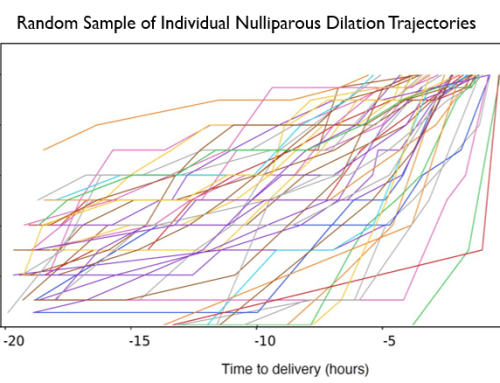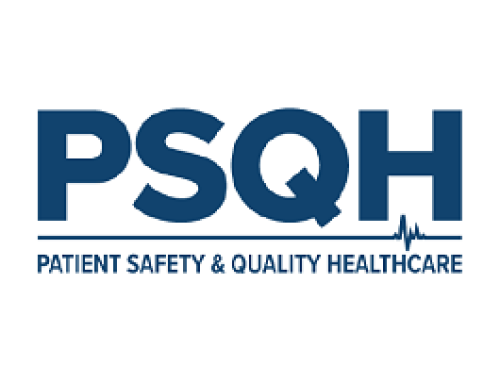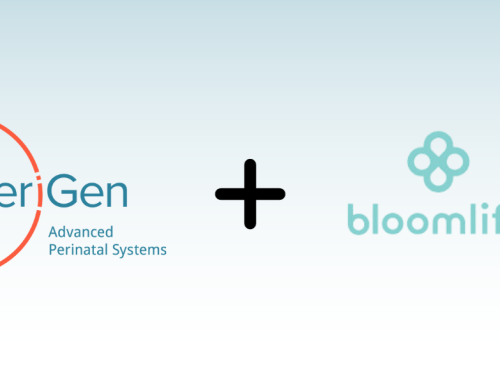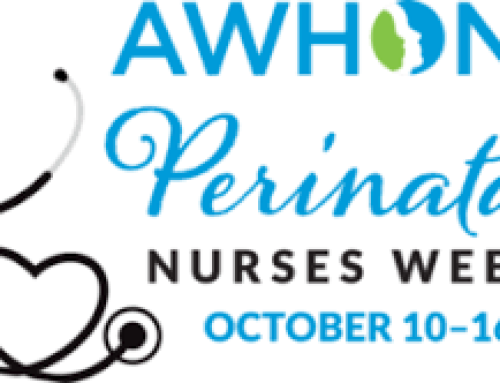or “We’ve come a long way babies!”
122-years ago, the first stethoscope designed specifically for fetal heart tones was created by Adolphe Pinard. Another half century passed before reports appeared describing electronic methods to detect the fetal heart rate. These are much the same methods still used by most traditional electronic fetal monitoring systems today.
PeriGen front and forward
38-years after EFM was introduced, a McGill University medical graduate named Emily Hamilton introduced the first system that used statistical analysis of the strip to identify patterns of concern in real time. This system was the foundation of PeriGen’s software and has inspired other EFM systems to recently add decision support features.
That is Then…PeriGen is Now
While others have focused on simply adding rulers to measure FHR and contractions or the use of the type of algorithms pioneered by PeriGen’s Dr. Hamilton into their more traditional EFM software, PeriGen has tackled the challenges of automating the management of labor checklists, refined its real-time analysis algorithms, and most recently introduced the first electronic perinatal dashboard (PeriGen’s HUB module) that notifies nurse managers and remote clinical support teams when a patient is experiencing critical conditions and needs their attention.
To learn more about the history and use of fetal monitoring, we invite you to view the following PeriGen white papers or take a look at the hightlights shown below:
- The Basics of Electronic Fetal Monitoring by Emily Hamilton, MDCM
- The Future of EFM by Philip Warrick and Emily Hamilton, MDCM
The Highlights of PeriGen’s Contribution to Fetal Monitoring
PeriGen’s contributions to the science of fetal monitoring are marked by the consistent introduction of innovation, including:
- CALM (short for computer-assisted labor management) Patterns is first offered to hospitals looking to provide labor & delivery clinicians with an enhanced set of information for making patient care decisions in 2006
- In 2000 Emily Hamilton invents PeriGen’s Curve module to provide clinicians with a tool for measuring labor progress in real time against a reference population
- In 2006, PeriGen offers FHR pattern recognition software to labor & delivery units
- Validation of PeriGen’s analytic decision support software by a panel of NICHD experts in 2010
- PeriGen launches Shoulder Screen, a software module designed to help physicians assess the risk of shoulder dystocia.
- Based on research published in the American Journal of Obstetrics & Gynecology in 2013, PeriGen offers the free Category II Management online application
- The first protocol compliance management tool — and EFM checklist — introduced by PeriGen in 2015
- Research shows that PeriGen’s software is associated with a reduction in NICU transfers, decreased need for fetal resuscitation, and stabilization of the rate of cesareans in 2016 study looking at 78,459 births at a mutli-facility system.
- 2017 gets off to a great start when PeriGen introduces HUB, the first electronic dashboard designed to notify clinicians when patients develop critical conditions.








